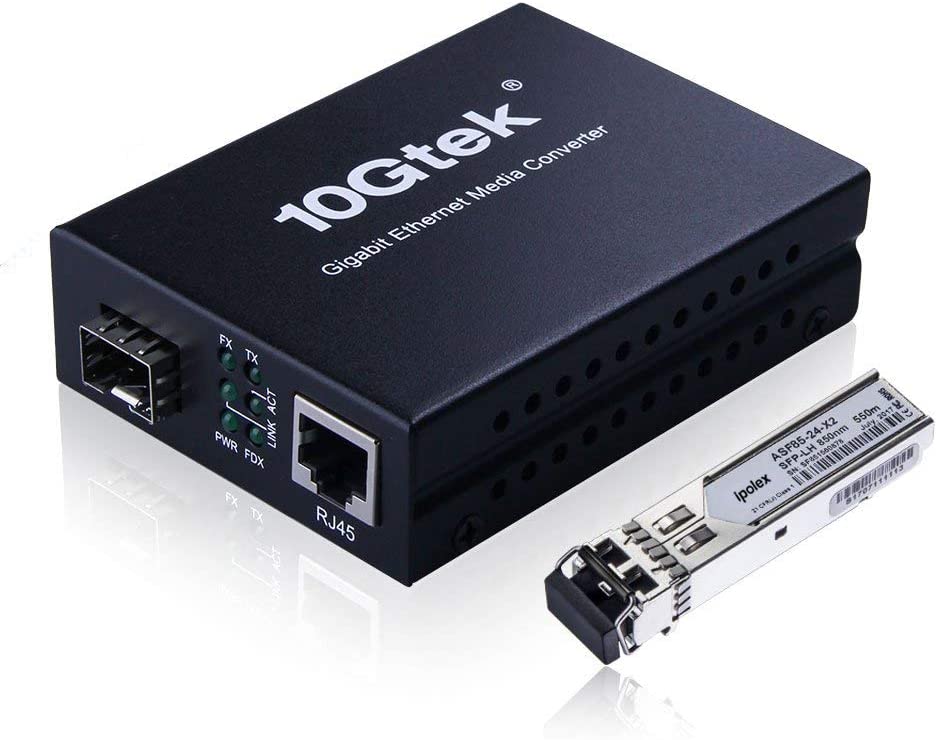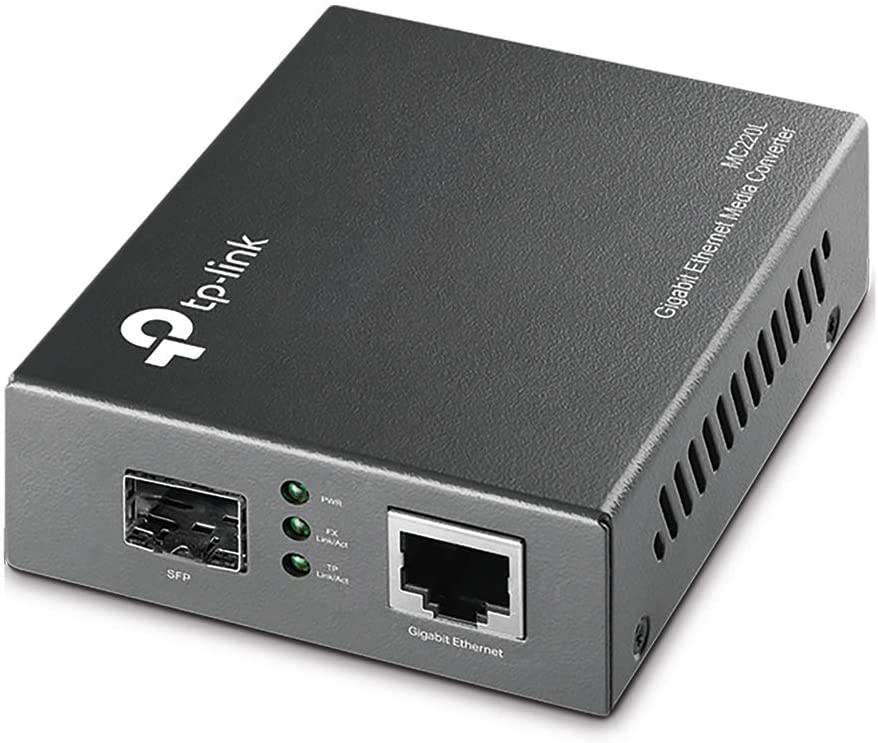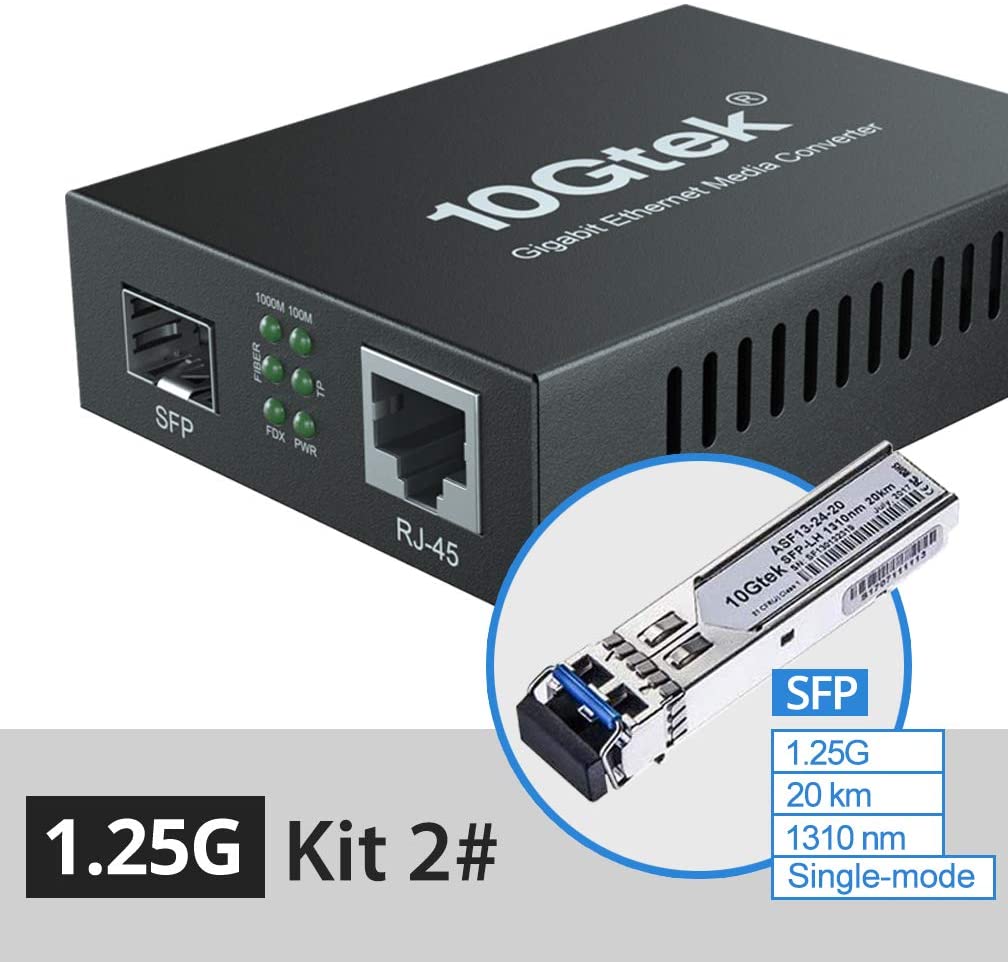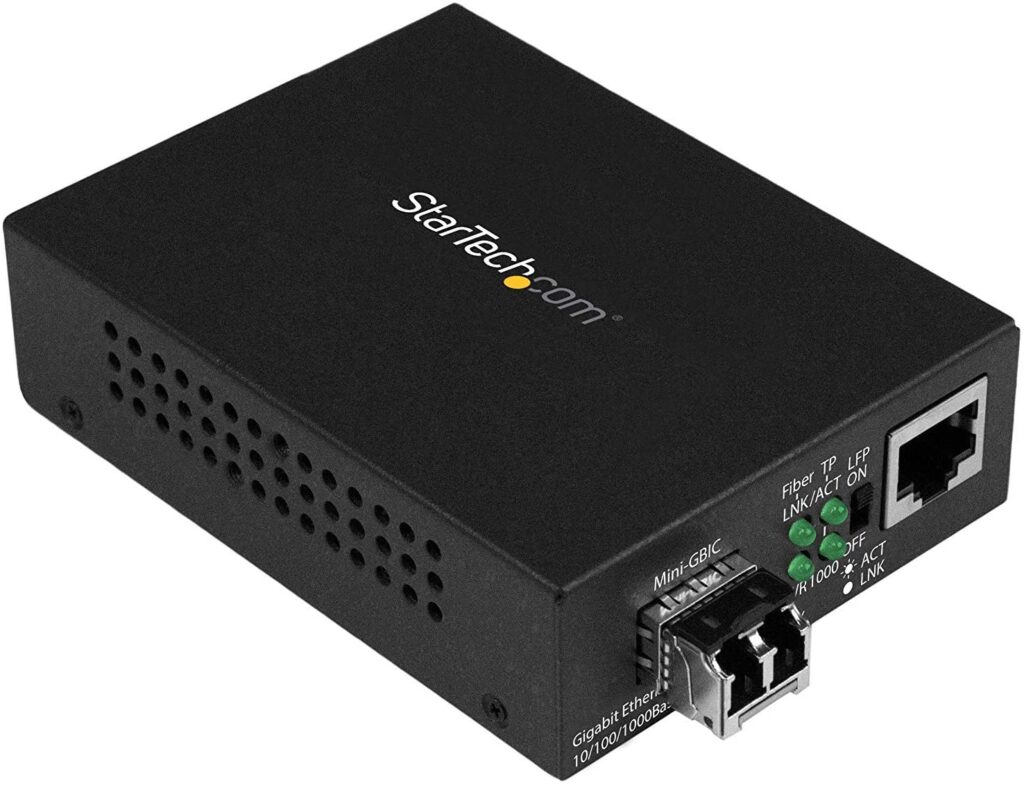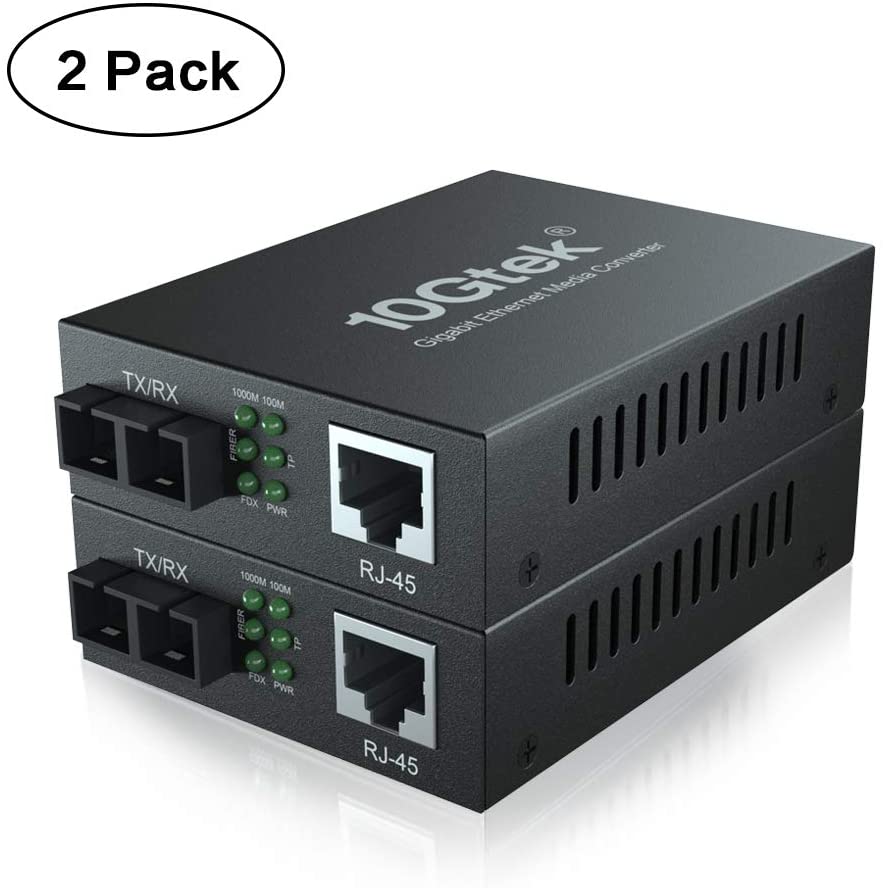Fiber media converter is part of a network’s physical layer. They receive data signals from one medium and convert them to another. In this way, an electronic signal, for example, can be converted to another. The best fiber media converter is which that is versatile, efficient, and durable. To eliminate your confusion on how to pick up the best fiber media converters in 2024, we have highlighted the best ones along with a section on how to choose them.
What Is A Fiber Media Converter?
A fiber media converter is a networking device that is used to connect two dissimilar media types. It has its beginnings in 1990s, and it has introduced more diversity in networks. It is versatile because it can connect fiber optic systems with copper-based ones. Any media converter is made up of two transceivers. They can send and receive data to and from each other. Each has a different connector that makes it suitable for a different medium. One media goes in, and the other goes out.
List of The Best Fiber Media Converter
Check out the thorough reviews of the best fiber media converter in 2024 below.
1. 10GTEk Gigabit Ethernet Multi-Mode LC Media Converter
With no setup of any kind required, this fiber media converter is user-friendly. Users are happy about how they only need to plug into its proper slot, and they are good to go. As a single-mode fiber, it can extend up to 80 kilometers for your convenience.
This multimode fiber media converter allows both copper and fiber mediums. It can enable a full gigabyte to pass through with ease. The FX light is on when the giver speed is at 1000Mbps, and the TX light is on when the TP speed is at 1000Mbps.
The fiber media converter comes with a two-year warranty and an extended range of operating and storage temperatures. It goes from 0°C to 60°C, and from -20°C to 70°C, respectively.
2. StarTech Multimode (MM) LC Media Converter
This LC fiber media converter has a gigabit fiber, which has a maximum data transfer rate of 1000Mbps when in its full-duplex mode. It converts copper RJ45 Ethernet connection to gigabit fiber because of its multimode SFP. The SFP transceiver, however, can be removed. So you can opt to change it if you like. This type of flexibility will help you put together something that you actually need.
You may consider this fiber media converter if you need to connect workstations to switches over long distances. It provides a cost-effective solution even for the shorter-range connections.
Because of its durable metal case, this Startech.com fiber media converter can create high-performance for a more extended period. The purchase of it comes with 2-warranty and technical support.
3. 10GTek Dual SC Fiber Connector, single-mode
Because of its plug and play ease of use, you don’t really need technical support to use this fiber media converter. This 10Gtek product weighs only 1.46 pounds and can accommodate extensive data to go through at fast speeds.
4. TP-Link Gigabit SFP to RJ45 Fiber Media Converter
The MC220L is used to convert 1000BASE-SX/LX/LH fiber to 1000Base-T copper media and vice versa. This fiber media converter can be used on multimode or single-mode fiber cable. It makes use of an SC/LC-type connector. You may also use it without a chassis, thus being a standalone device. On the other hand, you may use it with TP-LINK’s 19” system chassis. It can reach up to 0.55 kilometers at multimode fiber and 10 kilometers at a single-mode.
5. 1.25G 10GTEK Media Converter(kit #2)
Another 10Gtek offering, the A7S2 series fiber media converter, may be used to expand Gigabit ethernet networks in place. It can easily be implemented and expanded. It is transparent so that the system can perform as it always had before the implementation. This fiber media converter can work with both copper and fiber mediums.
The above options combine reasonable prices, ease of use, multimode, speed in transmitting significant data, length of coverage, and flexibility in mediums.
How To Pick The Best Fiber Media Converter?
While we have a list of the top fiber media converters being sold in the market, how do we pick the best fiber media converter? Here are some of the considerations that you have to make before you make the final purchase.
By their available functions
- Unmanaged versus Managed
Plug and play converters are also called unmanaged media converters. There is nothing to manage, really, because installation is a breeze even for the newest users. Such a model can allow simple communications only. You don’t need to monitor the functions.
With managed fiber media converters, network administrators can control bandwidth, data, and traffic. They are more expensive, but they are also more reliable and more secure. You do have to know more about fiber media converters.
- Non-PoE vs. PoE
PoE means Power-over-Ethernet. PoE ethernets are cost-effective and reliable. They can use the same copper cable to provide power and let the data pass through.
On the other hand, a non-PoE fiber media converter provides only network connectivity. It does not supply DC power. It is most suitable for networks with a lot of non-powered devices, such as laptops and personal computers.
- Stand-alone vs. Chassis-Based
The standalone media converter is cost-efficient while also saving space. So, if you are going to use one at home, this may be a good option. However, if you need to work on an extensive network, you need management to house a least a dozen converters. So, you will need chassis-based ones.
Check how many devices can be plugged into the chassis. Some chassis can deliver up to 16 slots.
- Commercial vs. Industrial
If you need a fiber media converter to use at home, then you need a commercial one, which has a typical range of operating temperatures. On the other hand, industrial media converters can withstand harsh and extreme environments.
- Standard vs. Mini Media
You can also choose your fiber media converter based on size. Think about where you will be using it and what the setup will be.
By the medium of transmission
- Copper to fiber
Enables copper-based Ethernet devices getting connected via fiber optic link even across long distances
- Fiber to fiber
Enables connectivity between single-mode and multimode fiber. It supports wavelength conversion
Pricing
You should also consider the price of the media converter. Some converters are expensive but have capabilities that are wanted in large networks. If you are using it at home, then you may want to go with more affordable, but durable options.
Length
You may want to check the measurements of the connectors to see if they will comfortably and conveniently help you set up your devices.
Durability
Read about reviews on the model’s durability, especially if you are planning to invest in something more expensive. You don’t want your money to go to waste.
FAQs When Picking The Best Fiber Media Converter
1. Are all fiber media converters merely plug and play?
Fiber media converters can be easily installed through plug and play, but there are some considerations that you have to make:
- The media converters’ transceivers should have consistent wavelengths. They should be of the same type (single-mode or multimode)
- The media converter should be able to support the type of transmission (full-duplex or half-duplex)
- The operating temperature should remain in the recommended range.
- SC fiber cables should be plugged into SC ports. Meanwhile, LC ones can go into SFP/SFP+ fiber media converter ports
2. How does a fiber optic converter work?
Fiber optic media converters work at the network’s physical layer. They can send and receive signals to and from one medium. Moreover, they can change signal formats to make them suitable for fiber optics.
3. Where can you buy fiber optic converters?
You can buy these fiber media converters at Amazon and any other online websites that sell related to networking and fiber optics. If you prefer brick and mortar stores, you may check out Best Buy stores or any computer hardware shop.
Final Thoughts
The best fiber media converters are the ones that are most suitable for your needs. You need to find one that is compatible with what you have in mind at home or at the office. Think about how many devices you are going to be connecting, and if you can manage and monitor them while plugged in. Because you have several options online and in brick and mortar stores, you should have no problem finding the perfect match.
Enjoyed the fiber media converter review? Then be sure to check out our guides.
